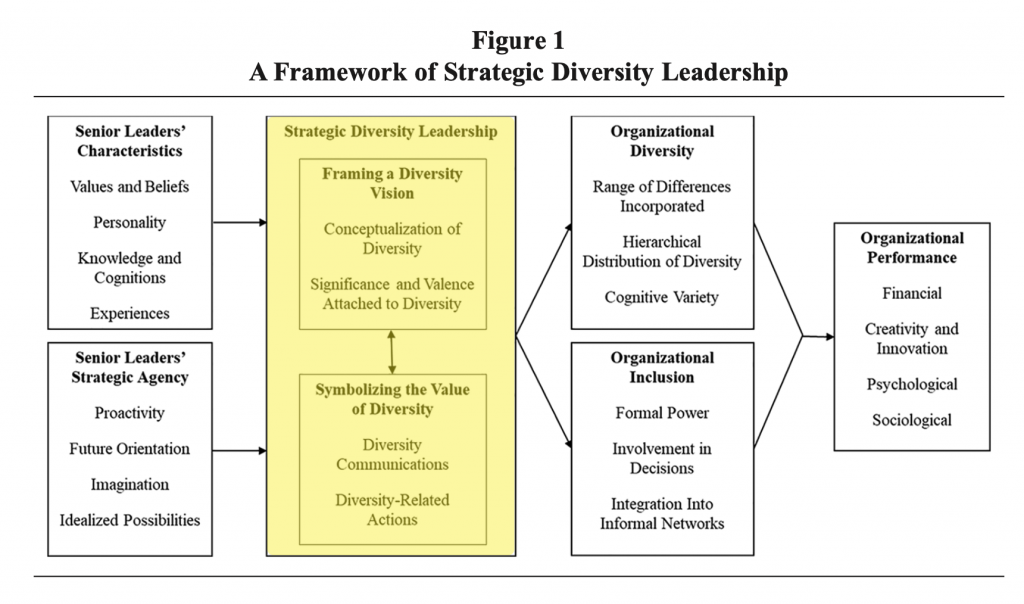Response to #1
In “Changing Organizational Culture,” Cori Wong discusses a number of ways organizations can promote diversity, equity, and inclusion. For the most part, she revisits familiar themes and strategies. She reminds us that diversity contributes to organizational performance. She tells us that organizational culture helps diverse employees develop loyalty and a sense of connection. She also reminds us to remember that marginalized groups experience bias at the “macro level of culture” (Wong 26). All of these aspects of DEI are worth hearing again. But Wong breaks new ground, at least for me, when she discusses the energy marginalized individuals expend overcoming barriers and obstacles and the toll this takes on them. She uses a metaphor of running shoes and blisters to symbolize the pain some feel as they struggle in what seems like an equitable situation. Wong follows this by urging organizations to identify the actual barriers and pain points and to make a commitment to removing them. She raises these points rather late in her article, on pages 29 and 30, but they seem to be the overall message she is building up to. She is saying that lasting culture change requires more than a level playing field, it requires bold action. She is telling those in charge to tear the barriers down. To me, that sounds like a message more people need to hear.
Response to #2
Wong uses connecting words and phrases in almost every paragraph of her article. There is one paragraph on page 28 that really impressed me because it demonstrates how she takes a simple statement and deepens our understanding of it by stretching the ideas in it to subsequent sentences, which include several rephrasings. The paragraph begins with the sentence: “Our differences are inherent to our experience as human beings.” In the following sentence: “In ideal circumstances, they are nurtured…,” the word they refers to differences in the previous sentence, linking the two sentences together. The next sentence begins with the phrase “Echoes of this can be found in…,” which is both a way to say “for example” and also a nice way for her to tell us that she is reiterating her point. The fourth sentence begins with “Put another way,” which allows her to repeat herself with a difference. And the last sentence is: “Such is the beauty of inclusion and equitable practices.” This short statement is like a bookend that matches the paragraph’s opening statement and that connects all the ideas in the paragraph together.
Highlight of my week
This week I reconnected with a high school friend I haven’t seen in more than a year. He’s been on a Mormon mission and is traveling on the East Coast. I can’t believe a whole year has passed by. Reconnecting with him made me realize that the past year is a lost year for so many people my age. I really look forward to hanging out in person with friends again when things get back to normal.


